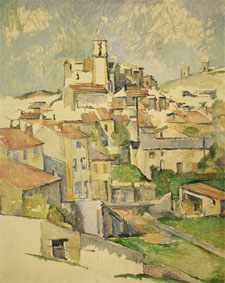Nobel Prize Site Games
/timthumb.php?src=http://www.foundlabs.com/blog/wp-content/uploads/2009/10/medal_nobel_after_topbox.jpg&h=172&w=172&zc=1)
Let me preface this by saying I think educational games are a great idea. I just have some opinions on what would make them better.
On the Nobel Prize site, I was pleasantly surprised to find some games. I didn’t set off intending to end up at the Nobel Prize site; my latest shower contemplation was whether or not there could be a game that would correspond to the changes in the chromosomes– tweak one pair, see the resulting change. Maybe my mind was still on the Charlie Rose interview regarding genome sequencing, but I think a game could be interesting and a great way to present the research as it stands.
So I was interested in seeing what the Nobel Prize site had to offer. I have a couple of issues with the execution of their games. The DNA game was not really all that educational in the sense that one could explore. I think that when one is asked to do any sort of speed clicking and dragging, it just becomes frustrating more than anything else. I understand that there is a younger audience to please, but I think clicking one or more chromosomes at one’s leisure and seeing how a person changes as a result could be equally appealing to kids. Maybe I’m wrong, but that’s my opinion.
I checked out another game, too, one about steel alloys. This one also has a lot of potential, but doesn’t quite hit the mark. Again, the limitation of an overly pre-defined game experience is at fault; the game is almost like an extended, illustrated test. The experience of exploration is at the heart of every great game; once you take that out, the game becomes boring or frustrating, and not fun. Off the top of my head, a good steel alloy game could involved dropping a steel cage from a certain height and see how changing the composition of the steel changes whether or not the kitten inside survives. Everbody loves wondering whether or not the kitten will survive.
I think the biggest drawback, though, is the context. If it’s an educational game, why am I playing it? What does steel alloy have to do with the Nobel Prize? Is it because a recent winner investigated alternatives steels? I understand the limitations with game design and information presentation, but at the very least, give things a context without either interrupting the flow of the game with oddly-placed facts and quizzes, or creating a game for the sake of creating a game. Exploration is fun and there are so many noteworthy and interesting Nobel Prize winners that can be further explored without overly limiting the manner of exploration.
The image is taken from their site.
/images/logo.jpg)
/images/delicious.jpg)
/images/squidoo.jpg)
/images/stumbleupon.jpg)
/images/digg.jpg)
/images/technorati.jpg)
/images/reddit.jpg)
/images/linkedin.jpg)
/images/google.jpg)
/images/blinklist.jpg)
/images/furl.jpg)
/images/sphinn.jpg)
/images/newsvine.jpg)
 Art Timeline (Heilbrunn Timeline from the Met)
Art Timeline (Heilbrunn Timeline from the Met)